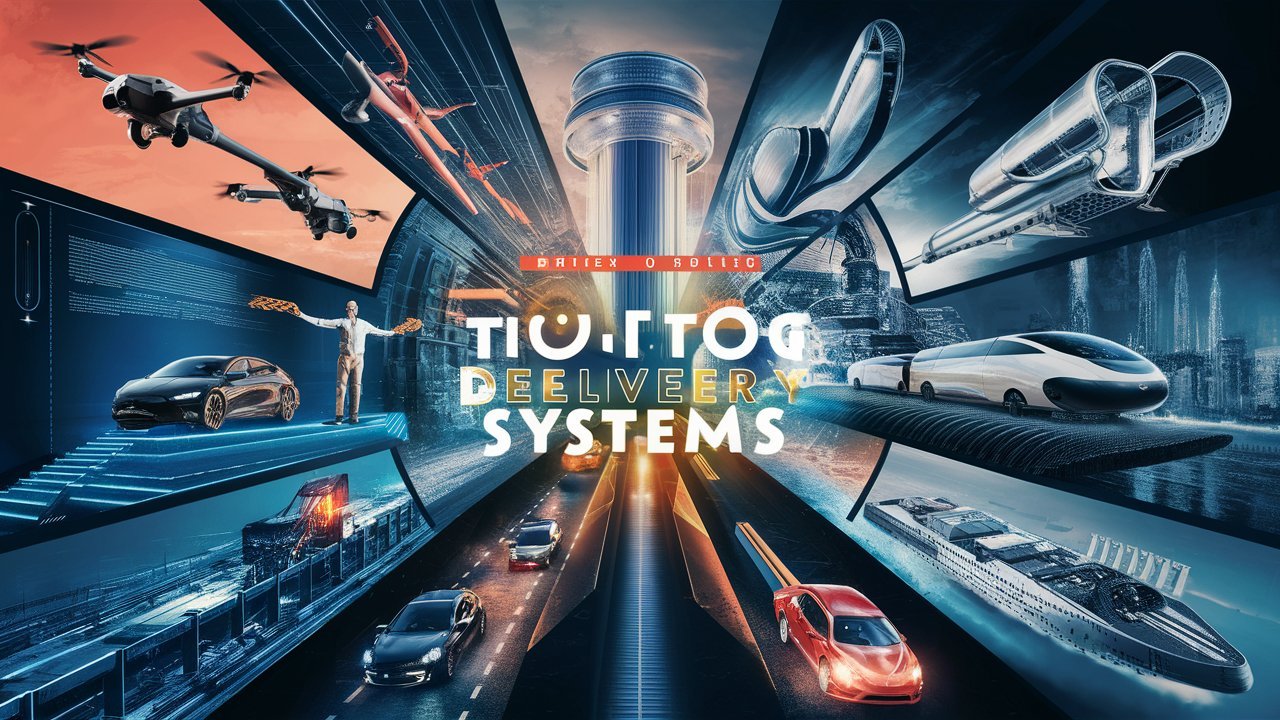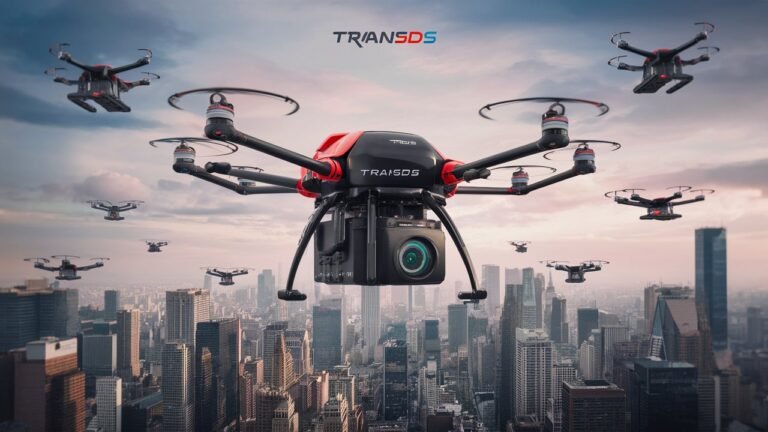In today’s fast-evolving technological and industrial landscape, TransDS (Trans Delivery Systems) has emerged as a groundbreaking concept driving innovation, connectivity, and efficiency. Whether it’s transportation, data transfer, or digital solutions, TransDS represents a transformation in how systems communicate, deliver, and perform. As industries adopt new-age technologies to enhance performance and user experience, understanding the foundation and implications of TransDS becomes vital.
In this comprehensive guide, we explore the definition, working principles, benefits, applications, and future potential of TransDS—and why it has become a cornerstone for businesses striving toward digital transformation and smarter operations.
What is TransDS?
TransDS, short for Trans Delivery System, refers to an integrated technological or logistical framework designed to transport, deliver, or transmit data, materials, or services efficiently across systems or geographical locations. The “Trans” prefix signifies transmission, transformation, and transition, emphasizing the dynamic capability of the system to adapt and evolve.
These systems are not limited to physical delivery; they extend to data transfer protocols, cloud-based operations, automation, and real-time synchronization. In essence, TransDS bridges the gap between source and destination—be it a package, digital information, or service—through seamless and efficient mechanisms.
Core Components of TransDS
To fully grasp the power of TransDS, it’s crucial to understand its main components, which function synergistically to ensure maximum efficiency and reliability.
1. Transmission Technology
At the heart of TransDS lies advanced transmission technology, which governs how data, products, or services move from one point to another. This includes:
-
Wireless and satellite communication systems
-
IoT-based device coordination
-
Blockchain-powered tracking systems
These technologies ensure transparency, speed, and security in every transfer operation.
2. Data Synchronization
Data synchronization allows real-time tracking, ensuring that all parties involved receive accurate updates simultaneously. This component is critical for logistics, supply chain management, and digital communication sectors where timing and accuracy are everything.
3. Automation Framework
Modern TransDS relies heavily on automation and AI integration to minimize human error and optimize decision-making. Automation allows for:
-
Predictive analysis of delivery times
-
Autonomous routing and re-routing
-
Smart inventory management
4. Security Infrastructure
Security is the backbone of any delivery or transfer system. TransDS employs end-to-end encryption, token-based authentication, and decentralized ledgers to protect sensitive information and maintain system integrity.
Applications of TransDS Across Industries
1. Logistics and Transportation
In logistics, TransDS revolutionizes how goods are moved and tracked. With GPS mapping, blockchain verification, and predictive AI, logistics companies can minimize delays, reduce operational costs, and enhance customer satisfaction.
The integration of autonomous vehicles and drones within TransDS has further accelerated delivery speeds while reducing environmental impact.
2. Healthcare and Pharmaceuticals
TransDS plays a vital role in healthcare, particularly in cold-chain delivery of vaccines, medical samples, and critical supplies. Real-time tracking ensures compliance with safety standards and temperature control, safeguarding the quality of sensitive products.
3. Digital Communication and Data Transfer
In digital industries, TransDS ensures secure, fast, and reliable transmission of data. From cloud computing platforms to streaming services, it enables high-speed synchronization, load balancing, and zero-latency performance, crucial for businesses operating in real time.
4. E-commerce and Retail
E-commerce giants depend on TransDS for efficient order fulfillment, AI-based route optimization, and inventory forecasting. It enhances both backend logistics and front-end customer experience, reducing shipping times and enabling better transparency.
5. Energy and Utility Sectors
In smart grids and renewable energy systems, TransDS helps manage real-time data transmission between distributed energy resources. This leads to better energy efficiency, fault detection, and predictive maintenance, paving the way for sustainable energy management.

Benefits of Implementing TransDS
1. Enhanced Efficiency
TransDS optimizes every layer of the delivery process, from scheduling and routing to final dispatch, minimizing waste and reducing turnaround times.
2. Cost Optimization
By leveraging automation and real-time analytics, TransDS allows organizations to cut operational costs, avoid unnecessary delays, and streamline labor requirements.
3. Improved Transparency
With blockchain integration and live tracking systems, businesses gain complete visibility over each stage of the process, fostering trust among clients and stakeholders.
4. Scalability and Flexibility
TransDS can adapt to various scales of operation—from small enterprises to global corporations—making it a highly scalable solution suited for different industry needs.
5. Sustainability
By optimizing delivery routes and leveraging eco-friendly transportation options, TransDS contributes to reduced carbon emissions and promotes sustainable practices.
The Future of TransDS: Emerging Trends and Innovations
As technology continues to evolve, TransDS will expand beyond traditional boundaries. The future promises:
-
AI-powered predictive logistics for real-time adaptability
-
Quantum computing integration for ultra-fast data transmission
-
Green delivery models powered by renewable energy
-
Augmented reality dashboards for monitoring and visualization
-
Interconnected global networks for cross-border efficiency
These trends will transform how companies and individuals interact with technology, leading to a new era of autonomous, intelligent, and sustainable delivery ecosystems.
Challenges and Solutions in TransDS Implementation
While the benefits are clear, adopting TransDS also poses challenges such as:
-
Cybersecurity threats due to increased connectivity
-
High initial investment for infrastructure and software
-
Regulatory constraints in cross-border logistics
However, with strategic planning, continuous monitoring, and strong data governance, these challenges can be effectively mitigated, unlocking the full potential of TransDS.
Conclusion
TransDS stands as a revolutionary framework that bridges the gap between physical and digital delivery systems. Its ability to merge automation, real-time data synchronization, and sustainable logistics positions it as the future of intelligent delivery and transmission. From logistics and healthcare to data systems and e-commerce, its influence continues to grow—empowering industries to operate smarter, faster, and greener.
The evolution of TransDS represents not just a technological advancement but a paradigm shift in how the world connects, delivers, and transforms.
FAQs
1. What does TransDS stand for?
TransDS stands for Trans Delivery System, which refers to a comprehensive system designed for the seamless transfer of goods, data, or services.
2. How is TransDS used in logistics?
It is used for real-time tracking, automated routing, and transparent supply chain management, ensuring timely deliveries and cost efficiency.
3. What technologies support TransDS?
Technologies like AI, IoT, blockchain, and cloud computing form the backbone of TransDS infrastructure.
4. Is TransDS relevant for small businesses?
Yes, TransDS solutions are highly scalable and can be adapted for small enterprises to enhance efficiency and customer experience.
5. What is the future outlook for TransDS?
The future of TransDS lies in AI automation, sustainable transport solutions, and quantum communication technologies, driving the next era of smart operations.
